Japanese Magoji kites on display at Noguchi Museum
Kites from Magoji, the legendary Japanese kite atelier, are on display at the Noguchi Museum shop until 6 August 2023

Don't discount a museum gift shop as only a place to buy merch. In fact, until 6 August 2023, the Noguchi Museum Shop, in New York, is mounting a special installation from Magoji, the legendary kite atelier from the windy Tobata region of Kitakyushu City, on Kyushu island in Japan.
Magoji Kites at Noguchi Museum
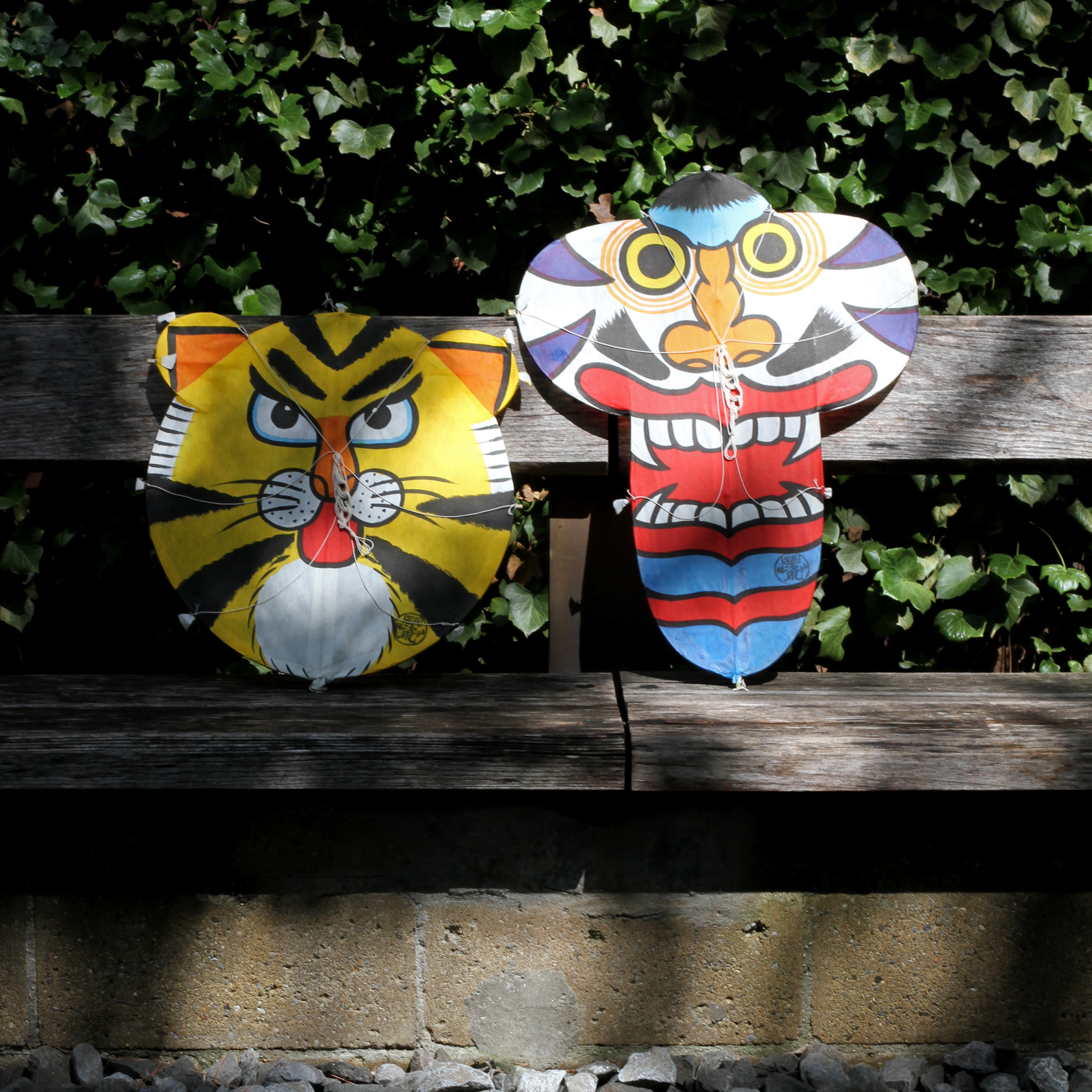
Magoji kites are revered in Japan: founded in the Meiji era by Magoji Takeuchi, these bamboo-and-washi paper aerial objects fashioned as folklore figures and animal creatures (the cicada in particular), are cultural totems. Today, the tradition is carried on by Magoji’s grandson Yoshihiro Takeuchi and great granddaughter Azusa Tatsuishi. The kites themselves are constructed as a complex system of knots tied around bent bamboo, the process Takeuchi-san oversees, while Azusa’s colourfully-painted designs are then affixed to the skeletons to make the kite complete.

This installation - which is really a thoughtful and curated selling exhibition - as Evan Scott, Manager of Retail and Merchandising, explains, is an opportunity to display some 70 of Magoji iconic designs, 'to give them greater context to see just how much work and vision is put into these.'

Yoshihiro Takeuchi constructing a kite
How this all came about is a tale of inquiry and serendipity. As Scott explains, the assistant retail manager Riccardo Sossella, who in his spare time was researching the Mingei Movement, stumbled across Magoji. Almost simultaneously, fellow-museum staffer, Miwa Neishi, a ceramicist, was traveling on the island of Kyushu, visited the the workshop and parlayed her encounter with the kite-makers to the museum team. Scott saw the opportunity to collaborate, with the caveat that 'we needed to try to see if they have the capacity to work with us because it's only the two of them, and they've got a pretty good business in Japan.'
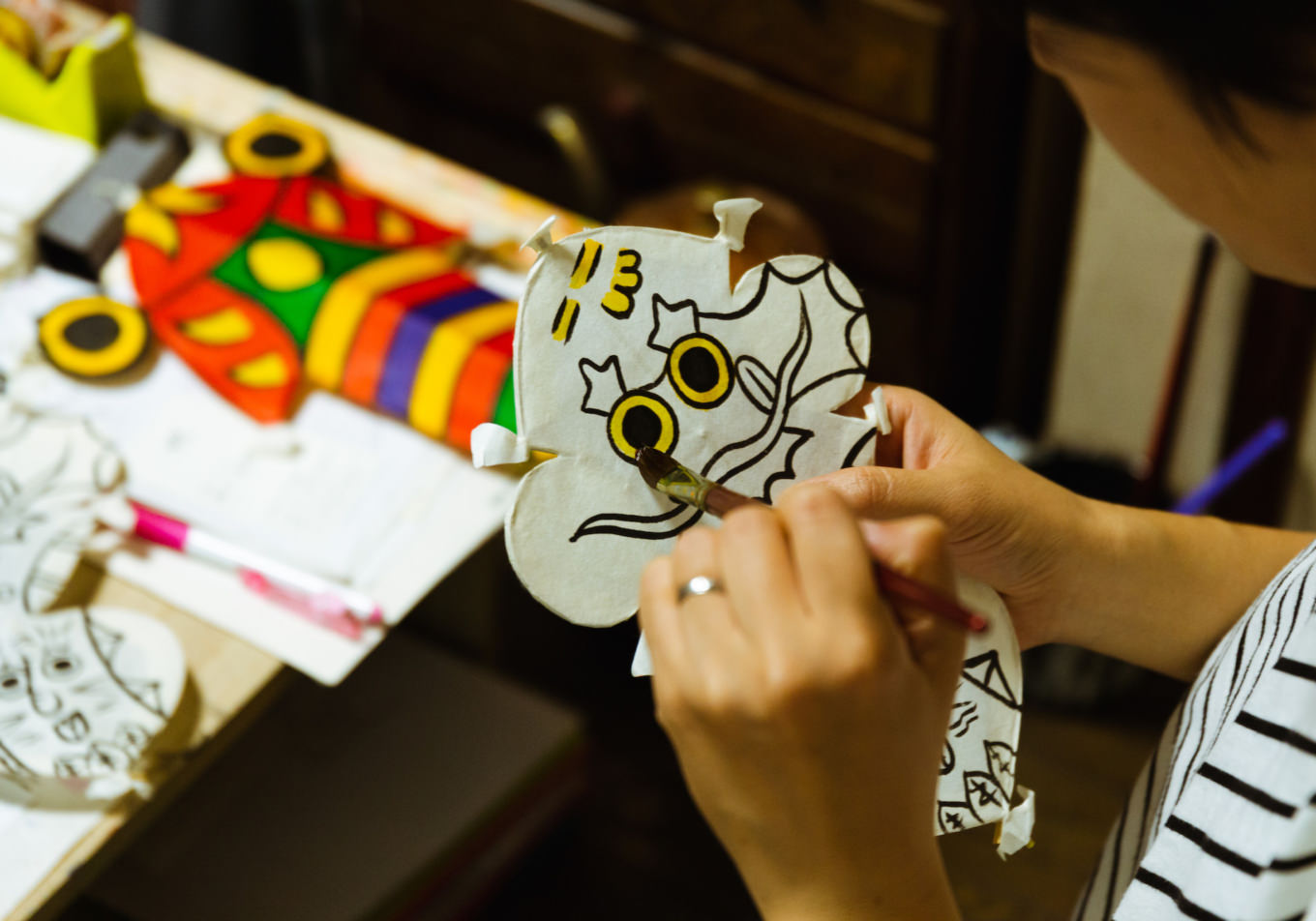
Indeed Magoji could supply the goods. And, as Scott observes, 'for craftspeople from Japan who grew up knowing about Noguchi having their work here is very meaningful.' Now in the shop, the kites are hung from the ceiling, with their washi-paper folklore figures illuminated by their material kin, Noguchi’s Akari lamps, leaving 'a fascinating play between two,' adds Scott.
Isamu Noguchi and kites
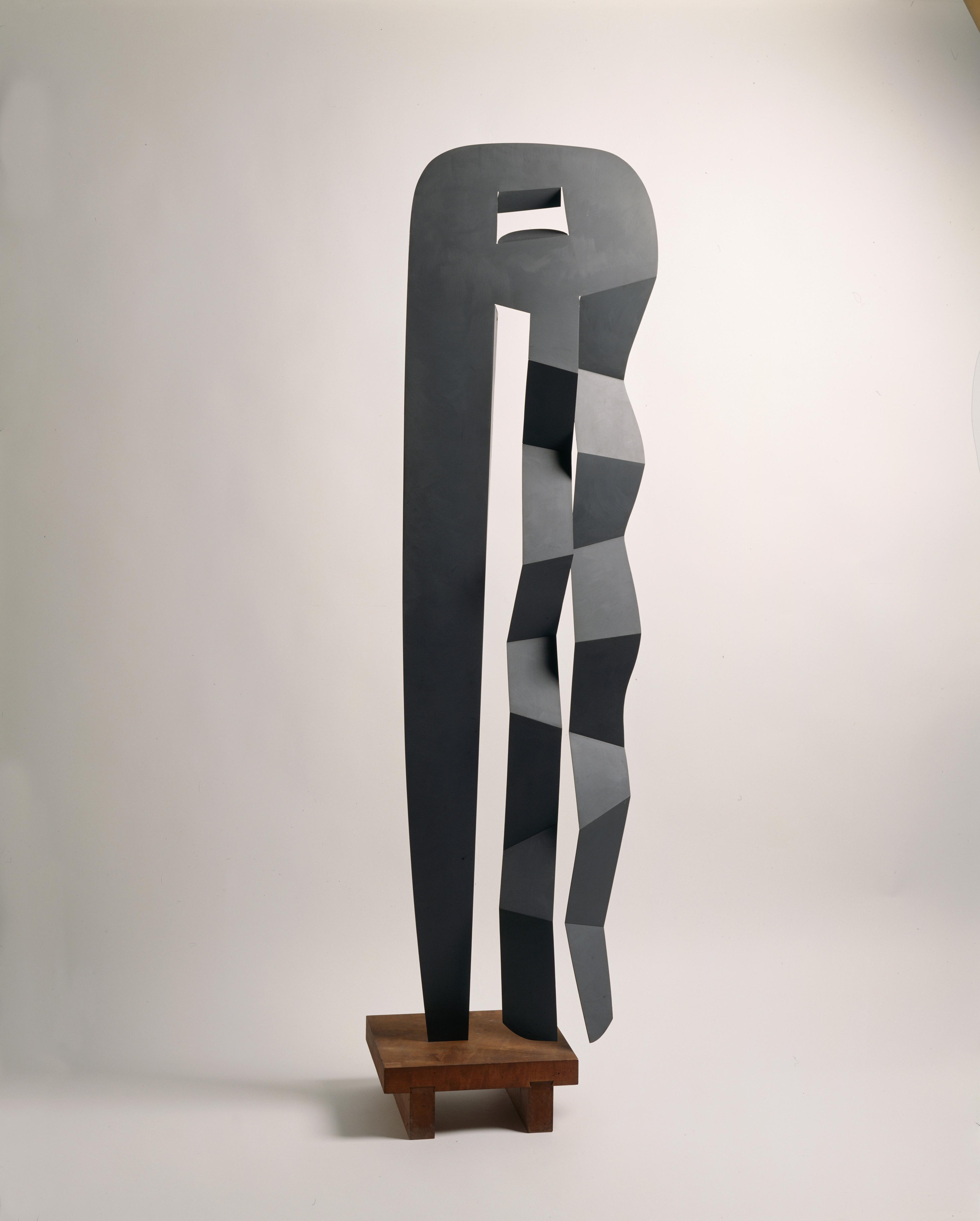
Isamu Noguchi, The Kite, 1959. Anodized aluminum (first of two editions). Collection of The Isamu Noguchi Foundation and Garden Museum, New York
The connection between Isamu Noguchi and kites is long and rich—in fact super fans of Noguchi might instantly remember the sculpture Kite, from 1958. But Noguchi’s connection to the high-flying toy wasn’t just a one-off inquiry of form. In fact, the Twentieth-century artistic titan 'was primarily interested in Japanese traditional craft' as Scott says, had a long-standing 'meeting of minds' friendship with Tsutomu Hiroi, perhaps Japan’s most famous kite-maker.

Michio Noguchi, Tsutomu Hiroi, Isamu Noguchi, Kenzo Tange and others. Itsukushima (Miyajima), Japan, c. 1950s
Hiroi was one of Noguchi’s sculpture assistants, even helping Noguchi on the Hiroshima Peace Bridge project, but broke out on his own in the 1950s to delve deep into the realm of kites; Noguchi stayed close, even writing the foreword to Hiroi’s definitive monograph in 1972. While the curatorial connection hasn’t ever been formally made, there’s often visual parity in Noguchi’s works that echo kite skeletons - just look at the 1955 stage sets hat he designed for the Martha Graham Dance Company.
Receive our daily digest of inspiration, escapism and design stories from around the world direct to your inbox.
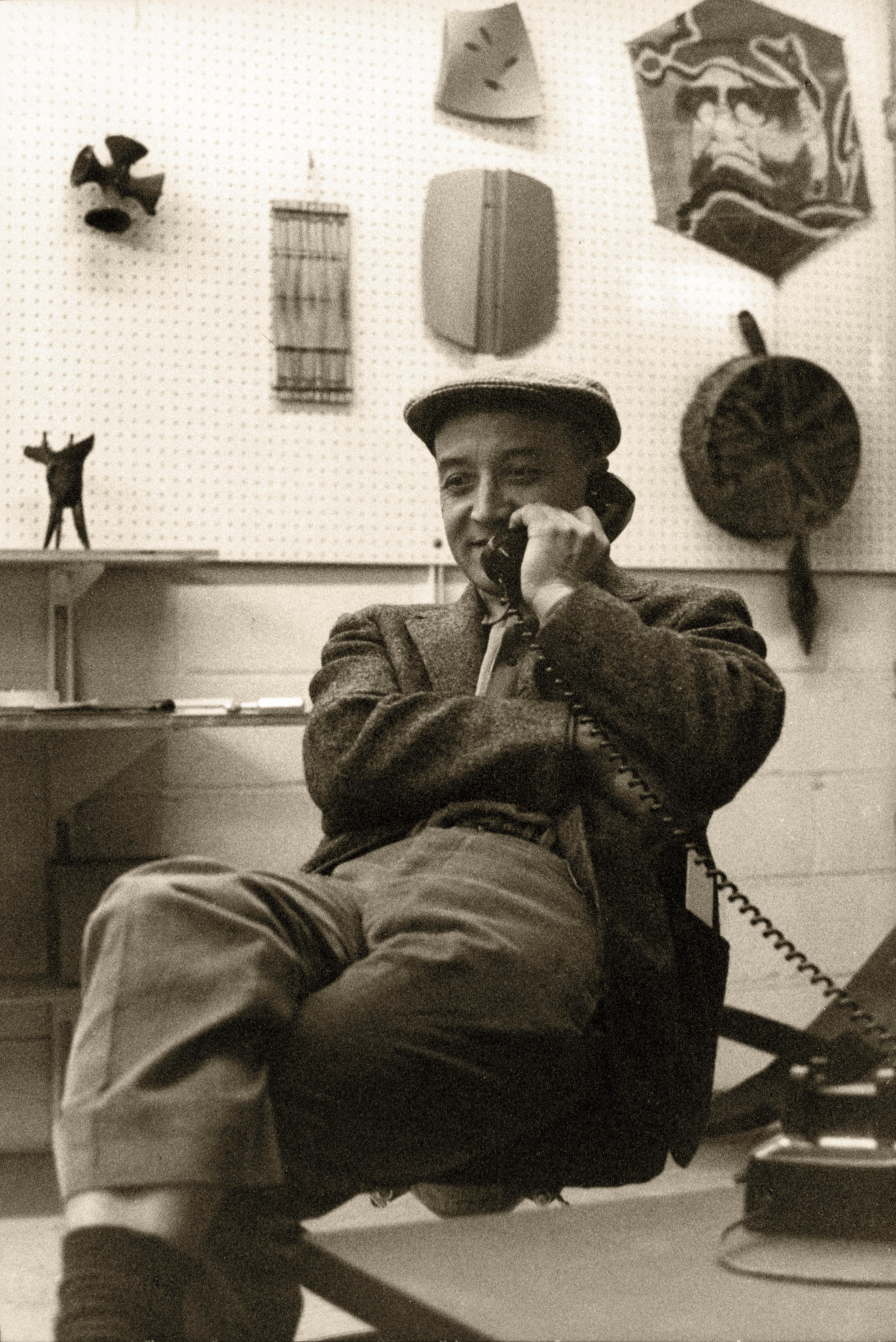
Isamu Noguchi at his Long Island City studio, c. 1960s
Just as a stage set is here today, and gone tomorrow, so will the Magoji. Why such a short engagement? 'Hopefully they’ll all sell and then there won't be any left,' says Scott with a laugh. For a lasting memento (if you can’t snag a kite yourself), the museum is also hosting a drop in children’s 'wind element' class that’s also a kite-making program on Saturday 5 August. 'We're just trying to like live up to Noguchi’s standards in his own life and practice,' concludes Scott.
Kite House Magoji are on view at the Isamu Noguchi Foundation and Garden Museum until 6 August 2023
9-01 33rd Road (at Vernon Boulevard)
Long Island City, New York 11106
Julie Baumgardner is an arts and culture writer, editor and journalist who's spent nearly 15 years covering all aspects of art, design, culture and travel. Julie's work has appeared in publications including Bloomberg, Cultured, Financial Times, New York magazine, The New York Times, Wall Street Journal, as well as Wallpaper*. She has also been interviewed for The Atlanta Journal-Constitution, Miami Herald, Observer, Vox, USA Today, as well as worked on publications with Rizzoli press and spoken at art fairs and conferences in the US, Middle East and Asia. Find her @juliewithab or juliebaumgardnerwriter.com
-
 How Abidjan's Young Designers Workshop is helping shape a new generation of Côte d'Ivoire creatives
How Abidjan's Young Designers Workshop is helping shape a new generation of Côte d'Ivoire creativesIn the first in our Design Cities series, we look at how Abidjan's next generation of creatives is being nurtured by an enlightened local designer
-
 A tale of two Audis: the A5 saloon goes up against the A6 Avant e-tron
A tale of two Audis: the A5 saloon goes up against the A6 Avant e-tronIs the sun setting on Audi’s ICE era, or does the company’s e-tron technology still need to improve?
-
 Inside Christian de Portzamparc’s showstopping House of Dior Beijing: ‘sculptural, structural, alive’
Inside Christian de Portzamparc’s showstopping House of Dior Beijing: ‘sculptural, structural, alive’Daven Wu travels to Beijing to discover Dior’s dramatic new store, a vast temple to fashion that translates haute couture into architectural form
-
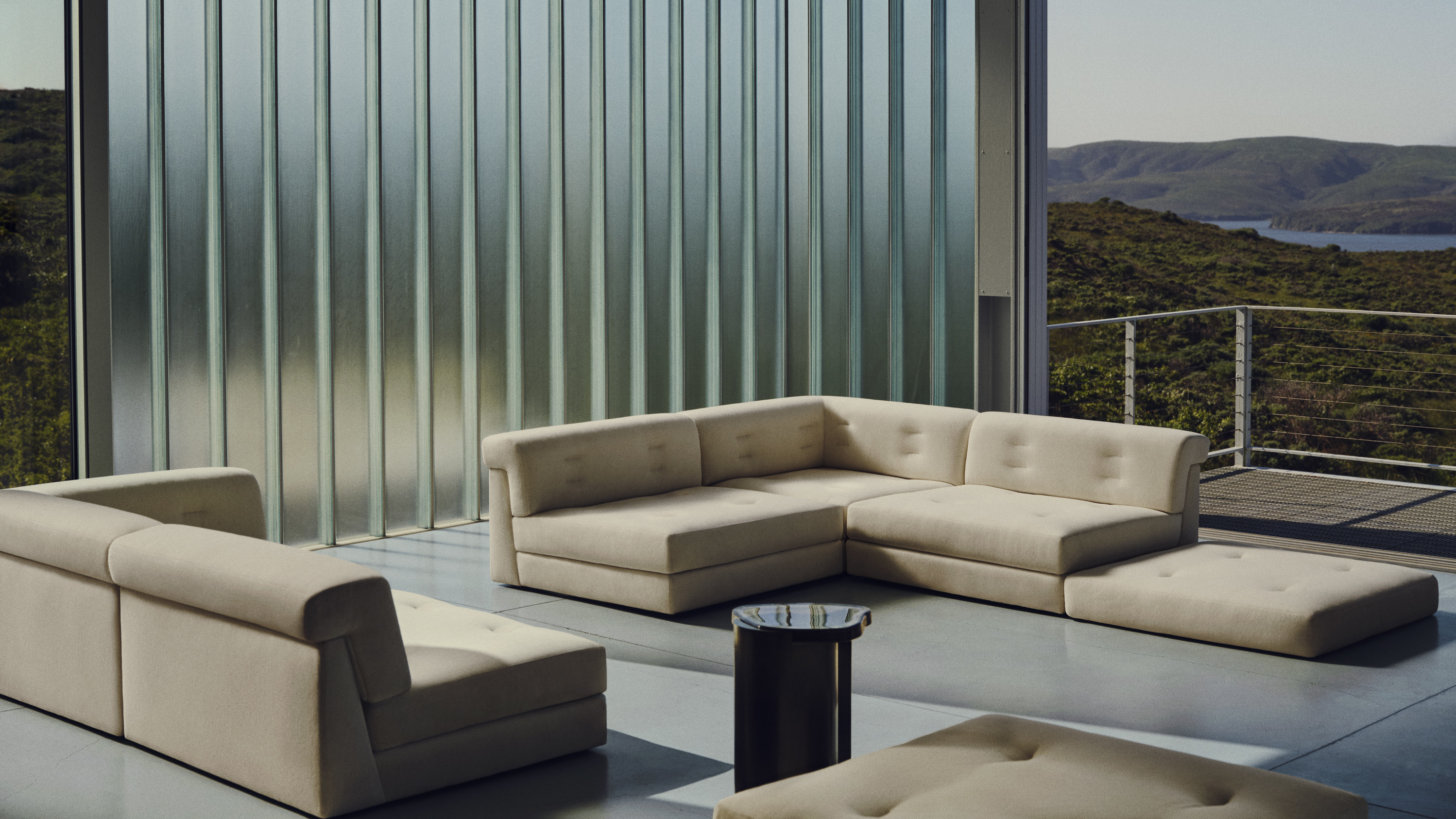 New furniture from Maiden Home elevates elemental materials through unique design
New furniture from Maiden Home elevates elemental materials through unique designFinely crafted and exquisitely formed, the New York furniture brand’s latest designs find their perfect showcase at a modernist Californian home
-
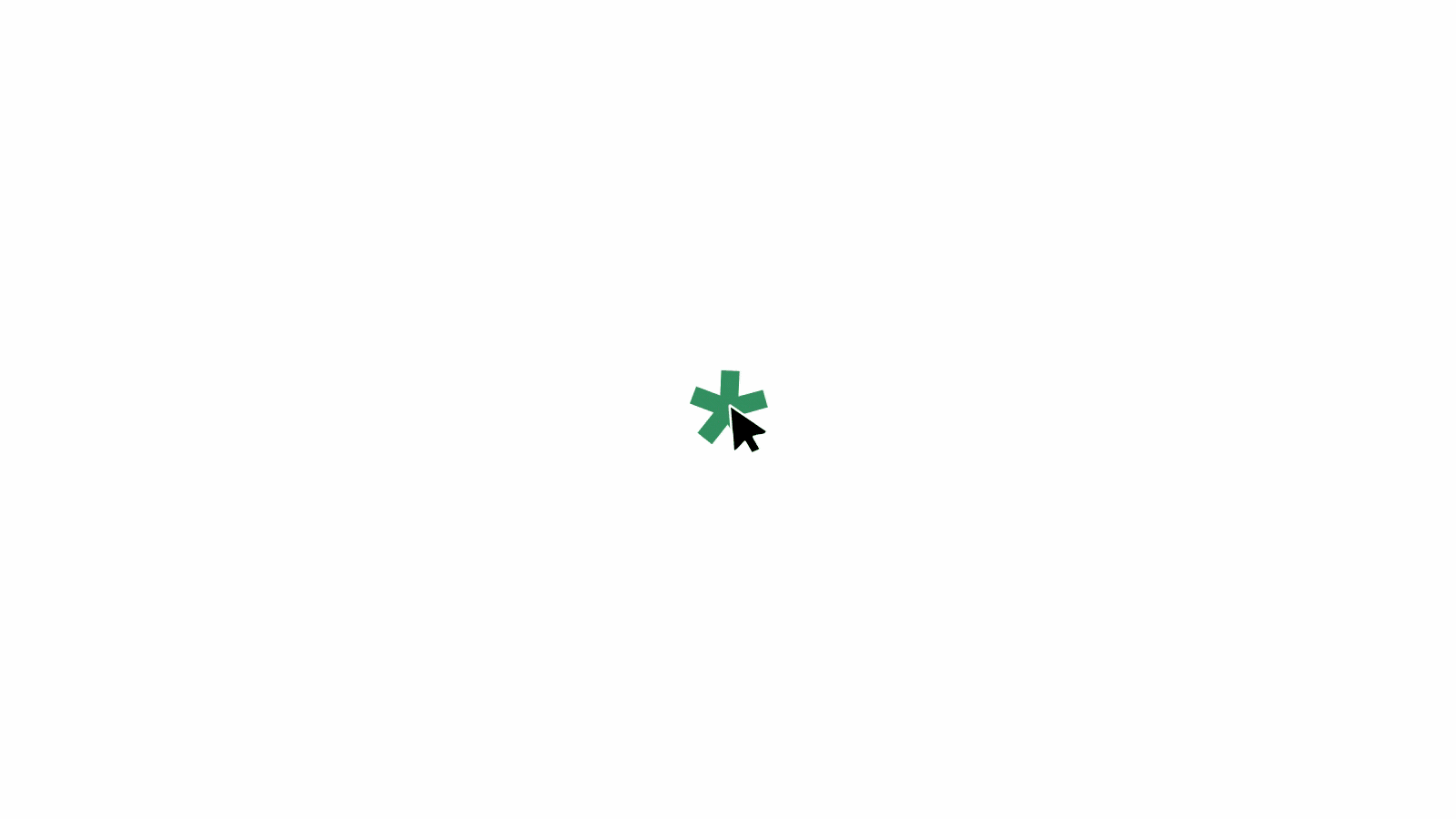 Wallpaper* USA 400: The people shaping Creative America in 2025
Wallpaper* USA 400: The people shaping Creative America in 2025Our annual look at the talents defining the country’s creative landscape right now
-
 Workstead's lanterns combine the richness of silk with a warm glow
Workstead's lanterns combine the richness of silk with a warm glowAn otherworldly lamp collection, the Lantern series by Workstead features raw silk shades and nostalgic silhouettes in three designs
-
 Can creativity survive in the United States?
Can creativity survive in the United States?We asked three design powerhouses to weigh in on this political moment
-
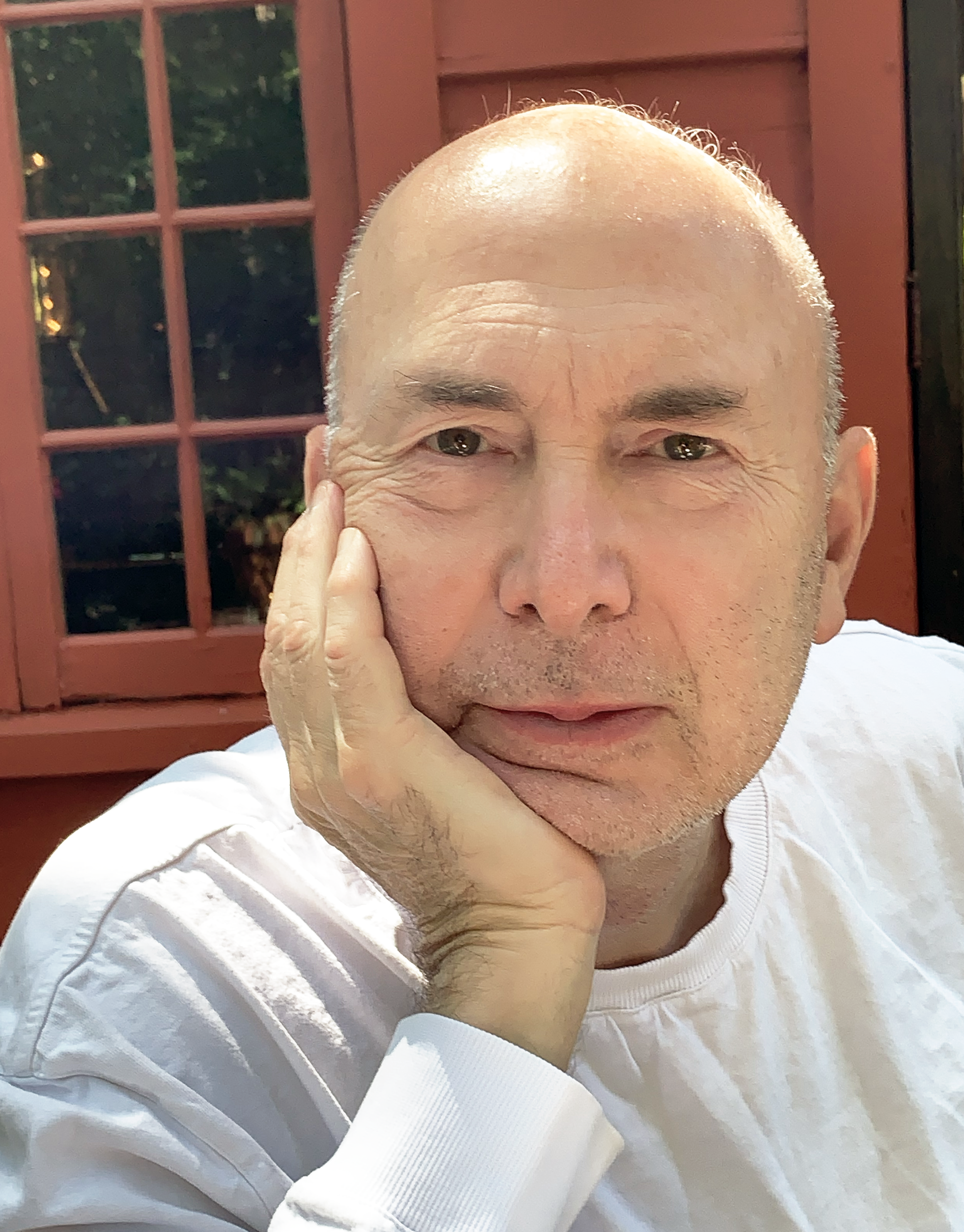 Murray Moss: 'We must stop the erosion of our 250-year-old American culture'
Murray Moss: 'We must stop the erosion of our 250-year-old American culture'Murray Moss, the founder of design gallery Moss and consultancy Moss Bureau, warns of cultural trauma in an authoritarian state
-
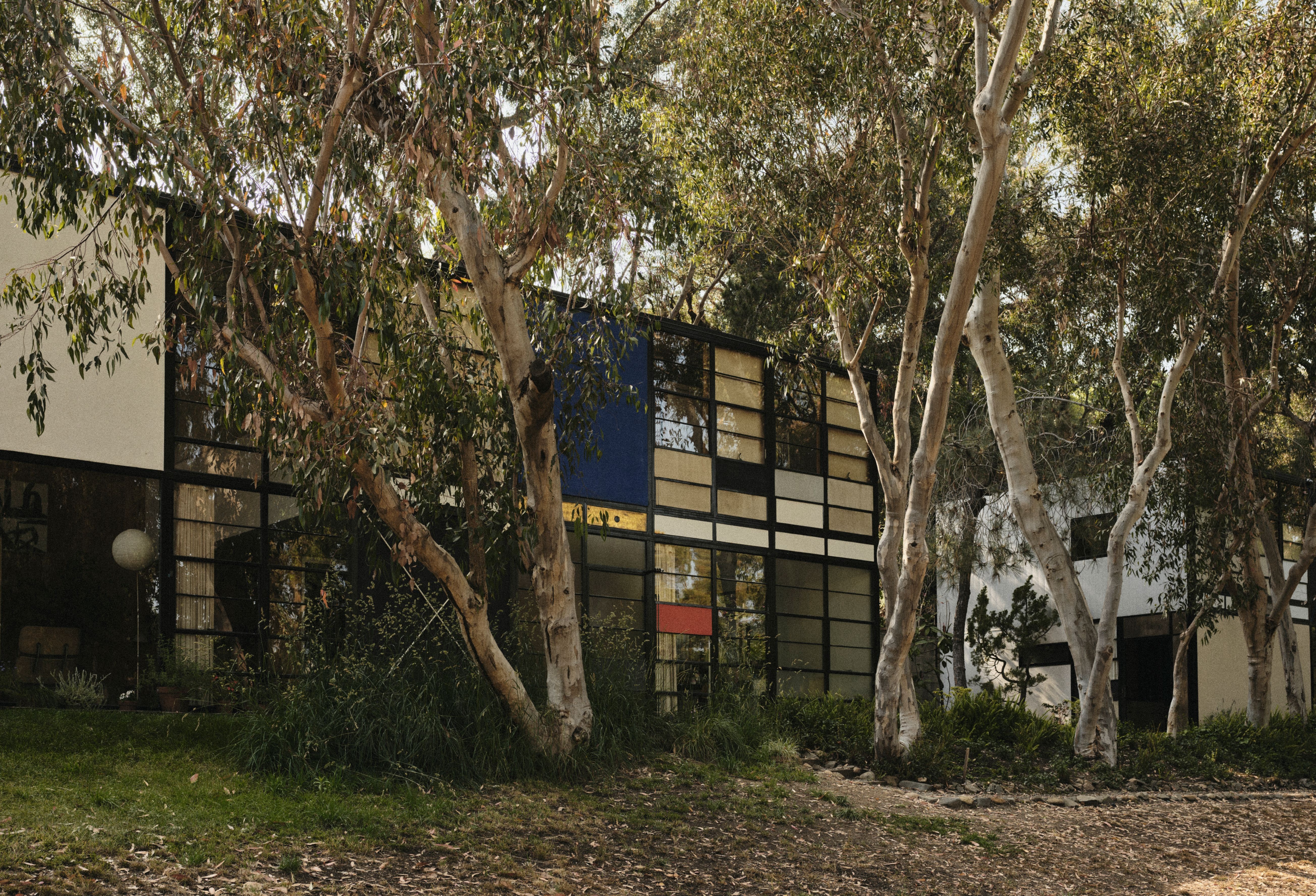 ‘You can feel their presence’: step inside the Eameses’ Pacific Palisades residence
‘You can feel their presence’: step inside the Eameses’ Pacific Palisades residenceCharles and Ray Eames’ descendants are exploring new ways to preserve the designers’ legacy, as the couple’s masterpiece Pacific Palisades residence reopens following the recent LA fires
-
 2025’s Wallpaper* US issue is on sale now, celebrating creative spirit in turbulent times
2025’s Wallpaper* US issue is on sale now, celebrating creative spirit in turbulent timesFrom a glitterball stilt suit to the Eames House, contemporary design to a century-old cocktail glass – the August 2025 US issue of Wallpaper* honours creativity that shines and endures. On newsstands now
-
 ‘Boom: Art and Design in the 1940s’ explores the creative resilience of the decade
‘Boom: Art and Design in the 1940s’ explores the creative resilience of the decadeNoguchi and Nakashima are among those who found expression and innovation in the adversity of the 1940s; take a walk through the Philadelphia Museum of Art exhibition